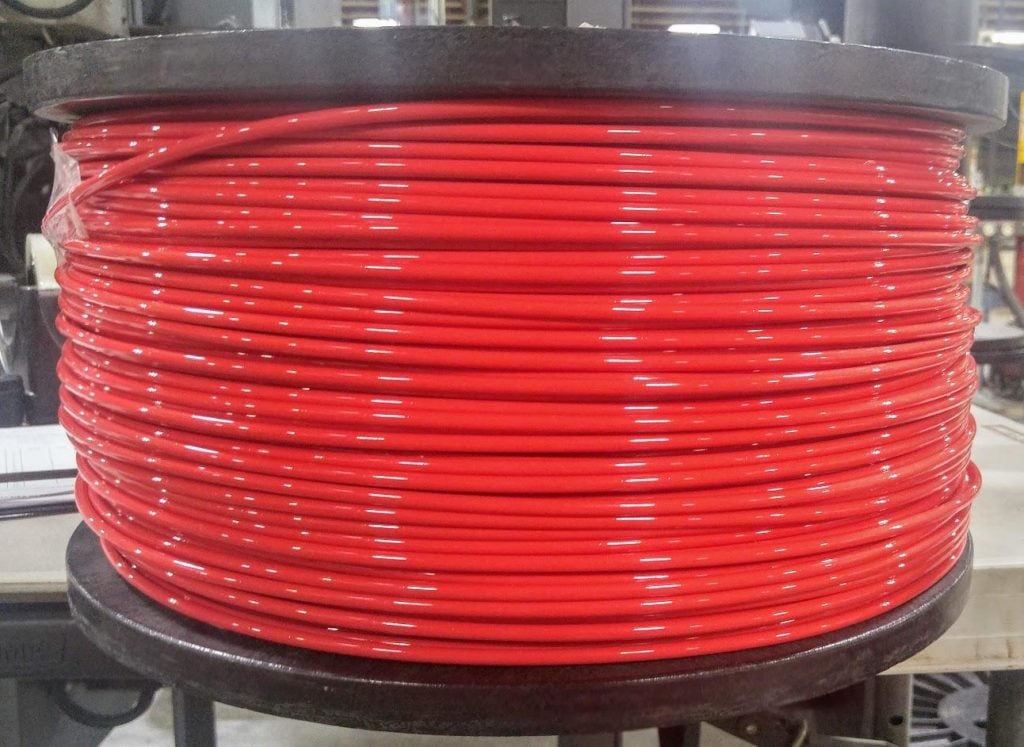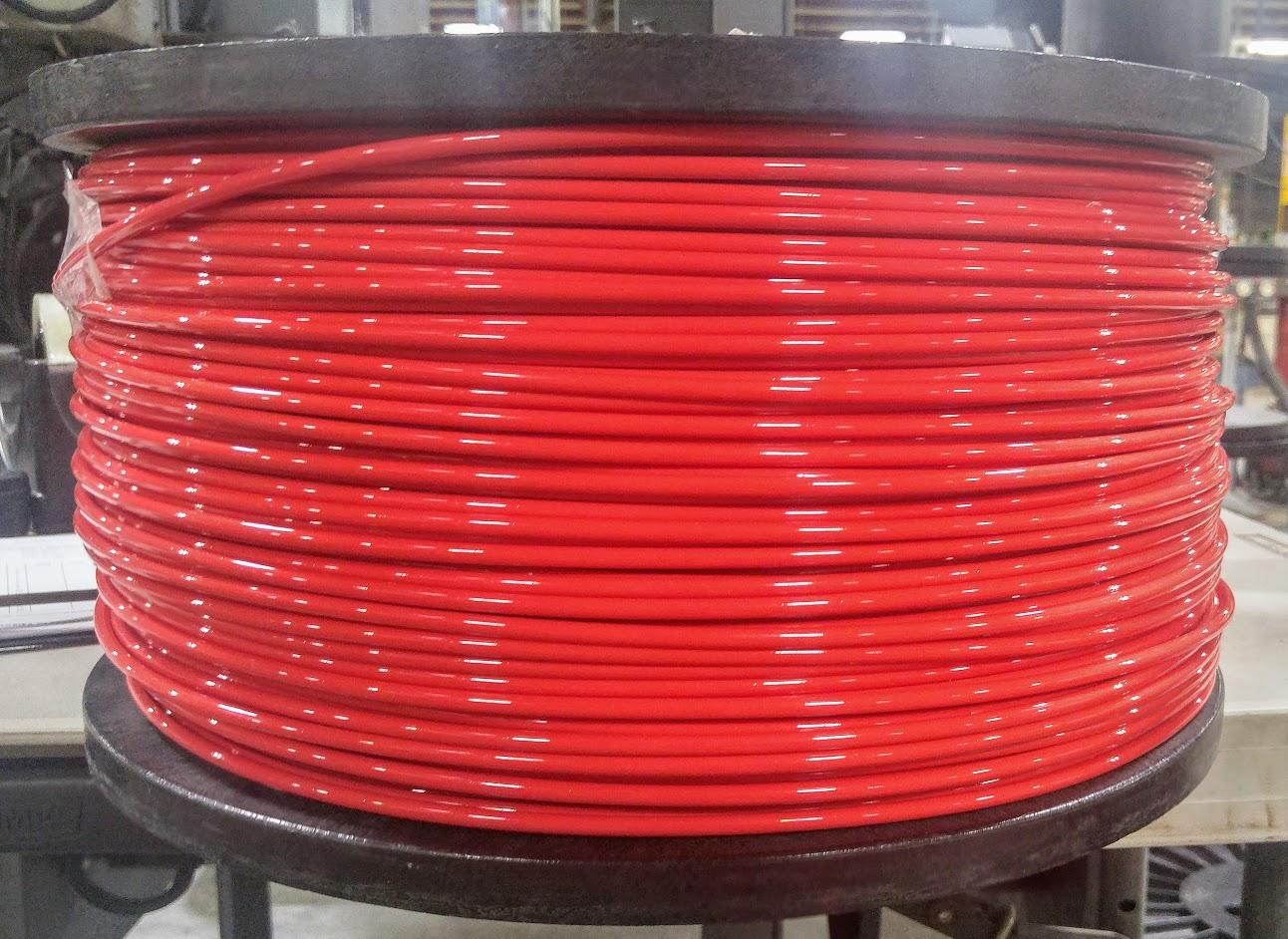
This week’s question examines the pricing of 3D printer filament.
Here at Fabbaloo we receive many questions, and one very brief “question” arrived this week. The short message said:
“filamentler çok pahalı”
Unless you’re a Turkish reader, you’ll need a translation, which, according to Google, says:
“filaments are too expensive”
The submitter did not technically state this as a question, but we’re going to read it as such.
3D Print Filament Evolution
The prices of filament have changed over the years, and at the same time they haven’t. What’s perhaps of more importance is the quality of the filament, which has become vastly more critical when used in today’s high-performance, high-resolution 3D printers.
In the old days of 3mm filament one could literally use junk welding wire in a rudimentary 3D printer and obtain a print. However, that print would have been of very questionable quality if viewed through the eyes of today.
In the years in-between we saw several phases in the 3D printer filament market. Here’s what I observed:
- Sales of repurposed materials, such as welding wire
- Initial custom-extruded 3D printer filaments of low quality
- Focus on wacky colors and composite materials, like sparkles, photo-sensitive, bamboo and even coffee
- Race to the bottom price-wise, but not without a drop in filament quality
- Shift to higher-quality filaments with more defined specifications
- Shift to more engineering-grade materials, including high-temperature and composite materials using carbon fiber
As you can see, things have changed significantly, and definitely for the better. Today’s filaments must be of exceptional quality or users simply won’t buy them. They must also be of the correct material type for the application, as many people now produce end-use products using the technology.
The result of this evolution has not been a significant drop in price, but instead an increase in quality. The quality is the primary factor considered by most buyers, and it seems they are willing to pay for it.
Is Filament Priced Too High?
The answer here depends on the application. In many business 3D printing scenarios the cost of materials is sometimes completely irrelevant as it is lost in the overall cost of a project. However, for individuals producing, for example, 3D printed gifts for family members, it might be somewhat expensive. On the other hand, you’re probably not using expensive high-temperature carbon fiber materials for that application.
It’s simply a matter of matching the price of materials to the application. Sometimes there won’t be a match, however.
The one area where I think the price of filament is prohibitive, and that’s for large 3D prints. If you double the height of a 3D model, for example, you increase the volume by eight times. This suggests you would use fantastically more material for very large 3D prints, and that could ring up the material costs considerably.
That’s why leading manufacturers of large-scale material extrusion 3D printers increasingly offer pellet-based material input options instead of filament material. Pellets are significantly less pricey than filament, which in fact is made from the same pellets.
The bottom line here is this for someone who believes filament is too expensive:
- If your application doesn’t financially support using a given material, pick a different, less expensive material or abandon the project, or
- If you’re 3D printing a large-size item, consider using a pellet-based 3D printing option

